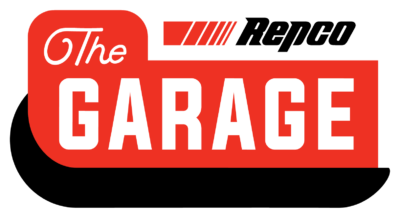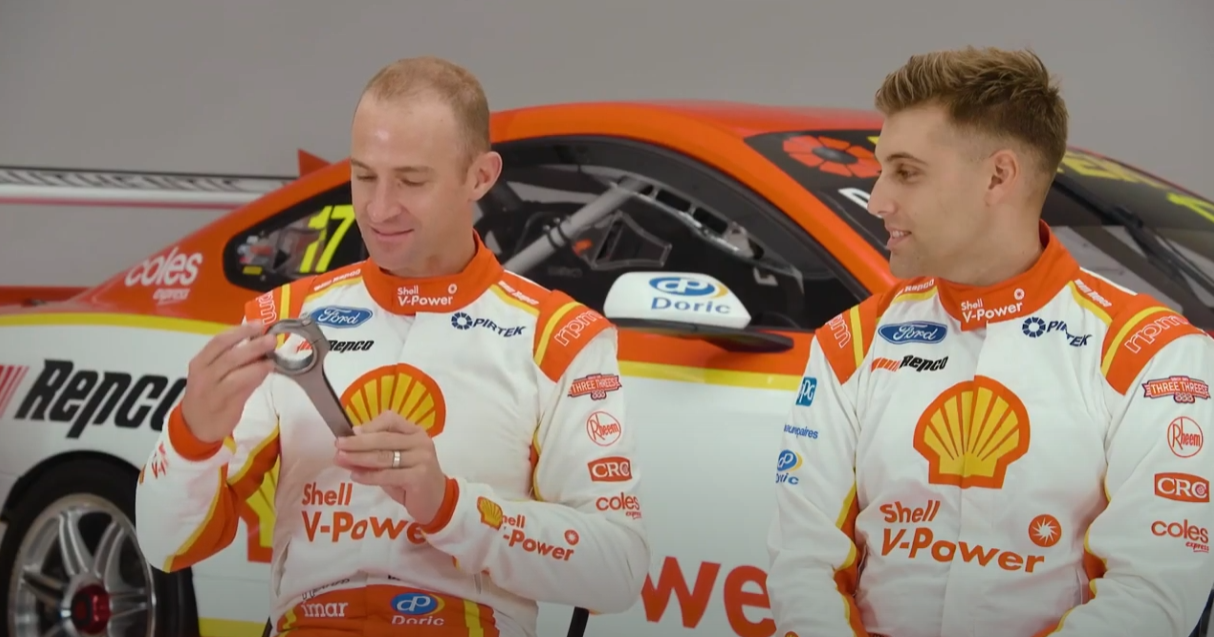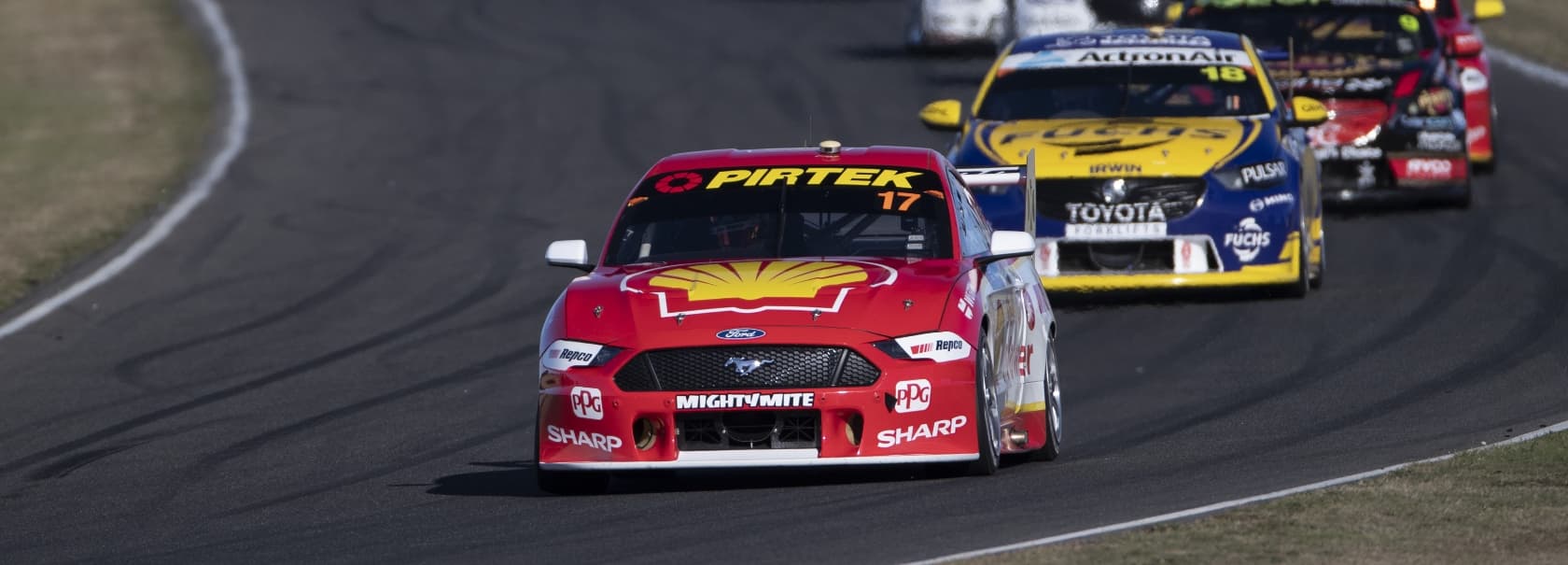In recent times Tim Schenken is known as a high ranking motorsport official, but was a factory Ferrari racer in the 1970s and believe it or not a race car manufacturer.
Reaching the lofty heights of Formula 1, Schenken put his engineering nous to good use by forming TIGA Race Cars in 1974 partnering with New Zealander Howard Ganley, who himself also reached the sport’s highest level.
Schenken and Ganley through TIGA produced more than 400 race cars until the original run ended in 1989. These ranged from Formula Ford to Le Mans class winners as the TIGA brand proved a successful manufacturer in most categories it built chassis for.
Formed to pursue a Formula Ford 1600 project, TIGA bought existing manufacturer MRE and set about building a chassis, which was successful on debut at Mallory Park.
Selling 21 Formula Ford 1600s in its first year and moving into the ex-Fittipaldi headquarters in 1977 led to further expansion into other categories.
Successful in Europe, America and Australia from its British base, TIGA won back-to-back Australian Drivers’ Championships in the 1980s with Alfredo Costanzo when the regulations went to Formula Atlantic.
Another Australian in the form of Neil Crang was a customer then a stakeholder in TIGA race cars as he spearheaded the marques push into the competitive World Endurance Championship in the midst of its Group C prototype era.
British touring car ace Gordon Spice and Ray Bellm won five events on the way to winning the C2 Class title in 1984.
This led TIGA to race at Le Mans in the famous 24 Hour.
An effort in C2 spawned from TIGA’s successful run in Sports 2000 during the late 1970s for open-top sports cars leading to generations spread from SC77 and SC89 proving successful not only in Europe, but the US as well.
Further success came in 1988 when TIGA secured the IMSA Camel Lights Championship for Manufacturers, but this failed to improve the manufacturer’s fortunes.
Ganley sold his stake in the company during 1987 before it ran into financial difficulties in 1990 when Chevron Cars saved the day to absorb TIGA and continue to provide parts or restoration services to owners.
TIGA under new ownership attempted to re-enter prototype sports car racing more than a decade ago, but this failed to appear.





